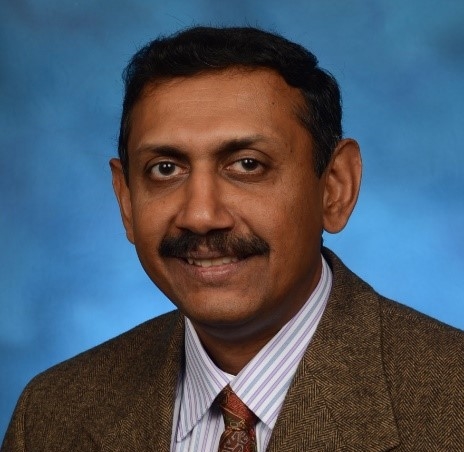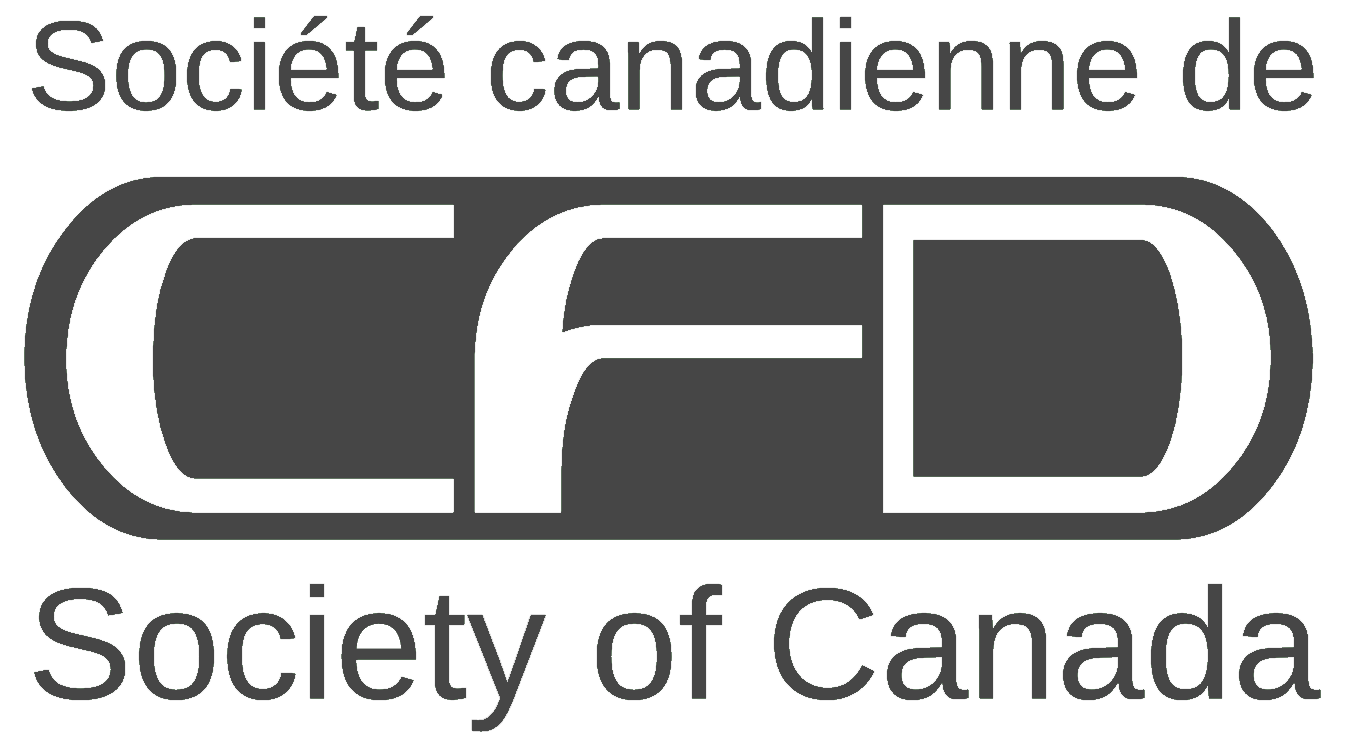
Dr. Vincent H. Chu
Dr. Chu received his PhD degree from MIT. He is Professor and Director of the Fluids and Hydraulics Laboratory at McGill University in Montreal Quebec, and holds the designation of Professional Engineer of Quebec.
Title: Capturing Discontinuities in Computational Fluid Dynamics
Abstract: Numerical simulation increasingly has played a greater role in teaching, in basic research and in the planning and design of infrastructure. This lecture will discuss the numerical methods contrasting the Eulerian formulation versus the Lagrangian formulation. A large number of simulation examples of gravity currents and its interaction with waves will be presented to show how numerical simulation has become necessary in modern engineering design and how it has become an indispensable tool to teaching and research the fundamentals.

Nikolay Sakharnykh
Nikolay Sakharnykh is graduate of the Department of Computational Mathematics and Cybernetics at Moscow State University. He is now employed as a senior developer technology engineer at NVIDIA, where he works on accelerating HPC and data analytics applications on GPUs. He joined NVIDIA in 2008 as a graphics engineer working on making video games run faster and enabling new visual effects. At the same time, CUDA started to pick up, and he got excited about the general compute capabilities of the GPUs. After a few years his professional interests shifted towards more serious applications in HPC. Now he's exploring GPU applications for graph and data analytics and new memory management techniques.
Title: High Performance Multigrid with GPU Acceleration
Abstract: Multigrid methods can be differentiated into more general algebraic multigrid (AMG) and the specialized geometric multigrid (GMG). AMG is a perfect “black-box” solver for problems with unstructured meshes and can be easily accelerated with GPUs using the NVIDIA AmgX library. On the other hand, GMG methods are more efficient than AMG on structured problems and usually require custom implementations. Multigrid methods naturally expose various degrees of parallelism going through the hierarchy of multigrid levels. The fine levels have lots of grid points and run well on throughput-oriented parallel architectures like the GPU, while the coarse levels are better suited for latency-optimized processors like CPUs. Thus, for optimal performance, a hybrid scheme is required to guarantee that each level is executed on the suitable architecture. We will introduce a novel hybrid CPU/GPU implementation for GMG, discuss performance portability aspects, deep dive into memory management and key performance optimizations for the GPU. The analysis is based on a well-known high-performance multigrid benchmark (HPGMG).

Dr. Markus Rumpfkeil
Dr. Rumpfkeil is an Associate Professor in the Department of Mechanical and Aerospace Engineering at University of Dayton, Ohio, USA. He completed his PhD under the supervision of Dr. D. Zingg at the University of Toronto Institute for Aerospace Studies (UTIAS) and worked with Dr. D. Mavriplis as a Postdoctoral Fellow at the University of Wyoming. He has authored or co-authored 50 journal and conference papers in the area of CFD. In particular, he is a co-author of “A Best Practices Report on CFD Education in the Undergraduate Curriculum”, published in the International Journal of Aerodynamics in 2014.
Title: CFD in Undergraduate Engineering Education
Abstract: This talk will highlight some best practices on how to incorporate computational fluid dynamics (CFD) instructional content in undergraduate aerospace and mechanical engineering curricula. The basis for this presentation comes from a working group of the AIAA Fluid Dynamics Technical Committee which addressed the growing need for engineers to become "intelligent users" of CFD; that is, to be able to obtain a solution of a fluid flow, and to critically assess the quality of the results. The concepts of CFD will be distilled into curricular elements; and reasonable expected learning outcomes for undergraduate‐level instruction will be outlined. Some case studies of existing CFD courses will be presented in a hierarchy of various "profiles" - from CFD light to CFD heavy — for inclusion in courses with lecture, laboratory, or design formats.

Dr. Kumar Srinivasan
Dr. Srinivasan is the Manager of Vehicle CFD Group at Chrysler Group LLC, responsible for simulations to support aero/acoustic development, cooling/thermal management and HVAC systems design. He has over 20 years of experience in application of simulation tools in the automotive industry and over 25 papers in various aspects of simulation technology. He is the recipient of two FCA Innovation awards for advancement in technology. He has been a member of the SAE Thermal Systems committee for the past 14 years and also served as its Chairman from 2011-2013. Kumar holds a doctoral degree in Aerospace Engineering from the University of Cincinnati.
Title: Vehicle Aerodynamics and Thermal Management CFD Overview

